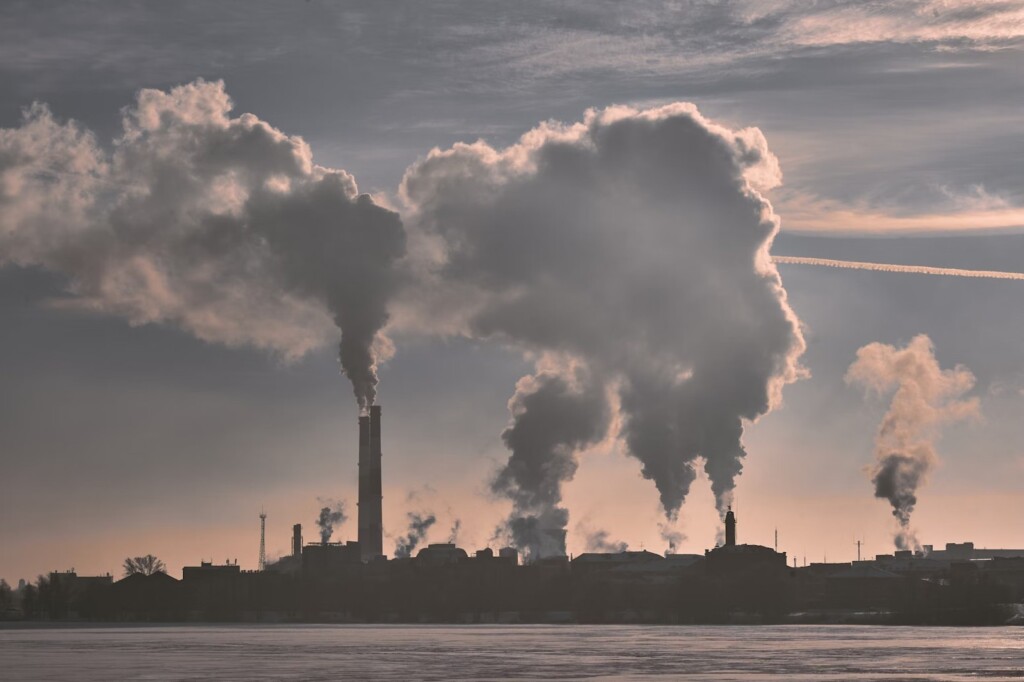
Exposure to industrial and environmental toxins affect thousands of people every year, often resulting in devastating health consequences that could have been prevented. If you or a loved one has suffered from toxic exposure, understanding your legal options is the first step toward accountability and compensation.
The Impact of Toxic Exposure
Industrial and environmental toxins, including asbestos, benzene, heavy metals, and pesticides, pose serious health risks when absorbed through inhalation, ingestion, or skin contact. Long-term exposure frequently leads to severe illnesses: lung cancer, mesothelioma, asthma, neurological disorders, and reproductive complications.
Many of these exposures involve corporate negligence resulting in lung cancer claims. Companies knowingly cut corners on safety protocols, failed to warn workers about hazards, or ignored established regulation to maximize profits. Workers in construction, manufacturing, and military service face particularly high risks. Communities near industrial facilities or contaminated sites experience similar dangers, often without informed consent about the hazards present in their environment.
Common Legal Grounds for Toxic Exposure Claims
Toxic exposure lawsuits typically rest on four primary legal theories:
- Negligence occurs when employers or property owners fail to provide safe working conditions, adequate protective equipment, or proper hazard warnings despite knowing the risks involved.
- Product Liability applies when manufacturers sell defective or unsafe materials – such as asbestos insulation or contaminated pharmaceuticals – without disclosing known dangers to consumers or workers.
- Premises Liability holds property owners accountable for failing to warn or protect individuals from known toxic hazards on their land, whether industrial sites or residential properties built in contaminated soil.
- Environmental Law Violations address cases where contamination results from breaches of federal or state environmental regulations, improper waste disposal, or unauthorized toxic releases into air, water, or soil.
Identifying Who May Be Held Liable
Determining liability is crucial to building a strong claim. Responsible parties typically include:
- Employers who ignored safety regulations and failed to protect workers.
- Manufacturers who knowingly produced hazardous substances without adequate warnings.
- Contractors or site operators responsible for contamination or inadequate cleanup.
- Corporation that consciously exposed workers or surrounding communities to toxins.
- Property owners who failed to disclose or remediate toxic conditions.
The Legal Process for Victims
Filing a toxic exposure claim involves gathering evidence, establishing causation, and presenting a compelling case. The process begins with documenting exposure – identifying where, when,and how the exposure occurred. Medical documentation proving diagnosis of a toxin-related illness is essential, along with employment records, industrial hygiene reports, and expert testimony from medical and scientific professionals.
An experienced toxic exposure attorney investigates the exposure source, obtains critical records, and builds a timeline connecting occupational or environmental factors to illness. In cases affecting multiple victims, such as community water contamination or workplace asbestos exposure, claims may consolidate into class actions or multidistrict litigation, strengthening negotiating power and streamlining the legal process.
Why Legal Representation Is Crucial
Toxic exposure cases require specialized expertise. Corporate defendants use defense strategies, relying on their own scientific experts and regulatory arguments. Without experienced legal guidance, victims struggle to navigate complex causation evidence, medical testimony, and corporate liability defenses. Early legal intervention preserves critical evidence, establishes timelines, and prevents statutes of limitation from expiring.






